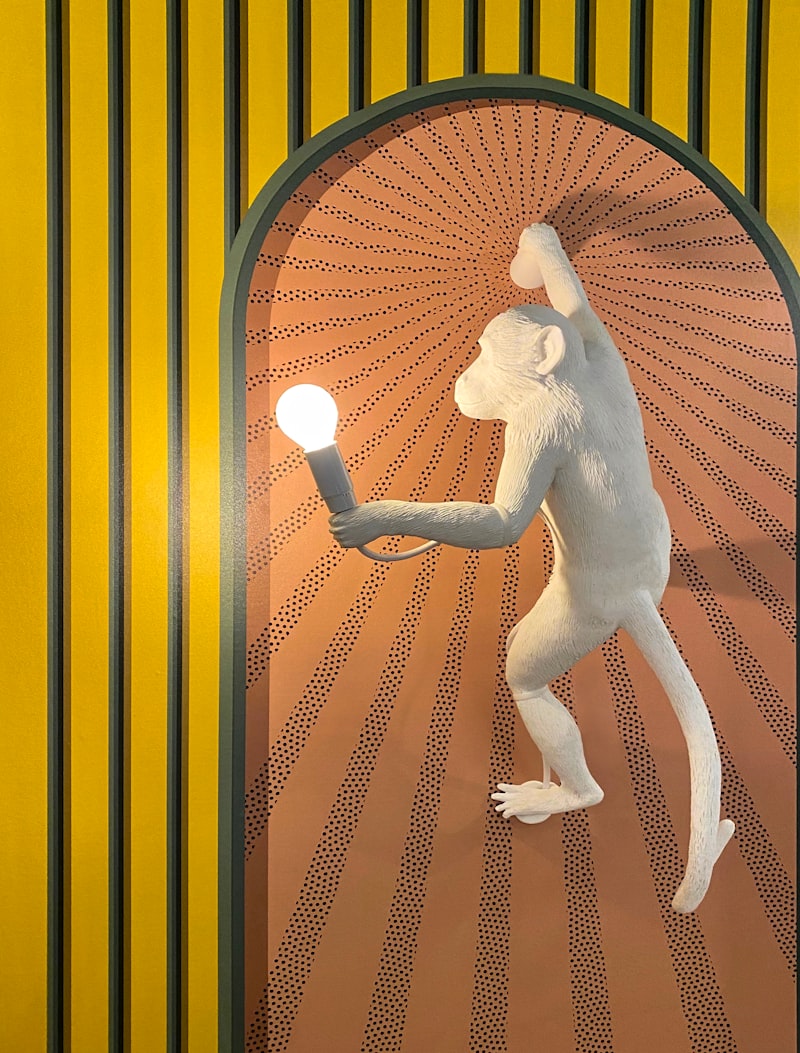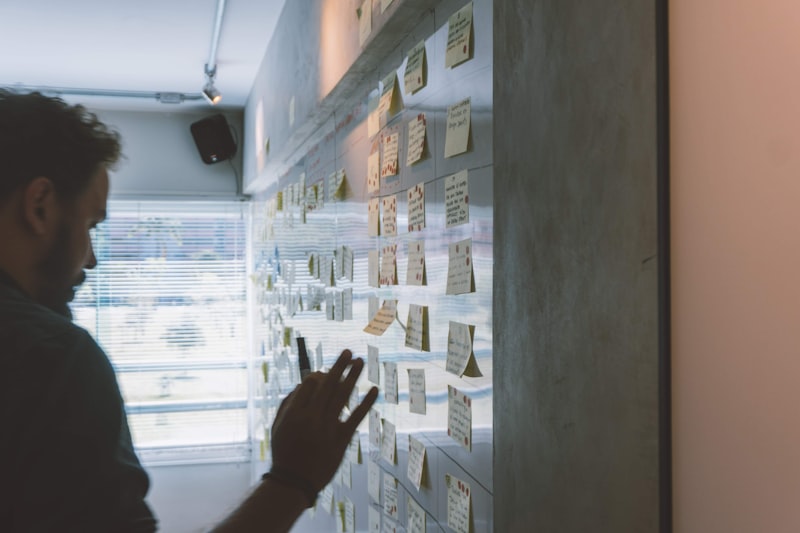The Aha moment is the moment when your customer realizes that your product is going to change their life. It’s the point where they have seen enough of your product to know that it solves a problem for them.
It’s important because this is the moment when customers start talking about your product to their friends, family, and even strangers. This is also the point at which they are least likely to churn (stop using your product).
In SaaS products, a lot of companies think of Aha moments as new user onboarding, but this isn’t always true! This post looks at how you can find out what the Aha moment for your product actually is.
Great products are designed to give users their first Aha moment as quickly as possible. You know how some restaurants hand out free bread or nuts at the table so people don't get hangry and leave? That's like having an early "Aha!" in your product.
The Aha moment happens when people realize that they need what you're offering and can't live without it (for example, Facebook wouldn't be Facebook if no one told you how many likes you got on something).
Finding your Aha moment starts with asking yourself "What problem are customers trying to solve?" and moving backward from there until you find it. To measure your product’s Aha moments, look at how many times someone comes back after using it once. If they keep coming back, then they probably had an Aha!
Examples of Aha moments in SaaS products
Here are some examples of SaaS companies and their Aha moments:
- Uber—it’s when you book your very first ride and the driver arrives
- Airbnb—it’s when you book your first room or home
- Slack—it’s when you send a message that gets an instant response, which is the whole point of Slack
- Spotify—it’s when you build your first playlist, which is one of their best features
- Dropbox—it’s when you start to realize how much easier it makes sharing files with others (and yourself on different devices)
- Netflix—their Aha moment was actually changing from DVDs by mail to streaming video; they still have an Aha moment today whenever they add another series or movie that goes viral (the most recent example being Stranger Things)
- Twitter—for many people it was all about following celebrities and finding out what they were up to in real-time; for journalists and other content creators, however, it turned into something else altogether because they began using it as an outlet for sharing links back to their own blogs or articles (this essentially became microblogging).
How to design your customers' first Aha moment
The first time a customer uses your product should feel so good, they won't help but tell their friends about it. The goal is to create an experience for your customers where they immediately understand the value of your product. And then, you want them to let everyone else know about it.
The best way to do this is to focus on the basics.
Start with a why
The first step is to understand why people might be interested in using your product. What problem are they solving with it? Why would they want something like this?
Aim for a simple task
Here's how Slack did it: they got their users to create a channel where they could chat with their team. That's it. Before Slack, most companies were using email or conference calls to connect and work together in real-time, which was clunky and not very fun (or efficient). They wanted something better—something that felt natural and easy—and Slack delivered. Creating a channel in Slack feels much more like having a real-time conversation than sending an email or scheduling a meeting (which no one wants to do), so creating that first channel felt like an Aha! moment for many of their customers. It was easy, it made you feel smart, and it helped you get work done faster than ever before.
It doesn't have to be one moment.
In fact, if you plan it right, your customers can have a whole series of Aha moments instead.
That's because most first-time users don't realize everything your product can do for them. They come to you with one problem in mind and are curious to see if your product can help solve it, which means they rarely know how much else it can do for them. That's why it's crucial to design an onboarding process that brings those other benefits to light—so that users can keep having Aha moments throughout their journey with you.
What makes a great Aha moment?
So you have found your Aha moment, something rare and magical indeed! But what actually makes a great Aha? Here are a few things that make it great:
- Your Aha is the result of a long journey, not an accident. They say that some people get lucky, but when it comes to creating and being part of an Aha moment, we think luck has very little to do with it. In fact, the best Aha moments are the result of years of hard work.
- Your Aha helps you stand out from the crowd. It's easy to get lost in the noise these days - even with all the great things going on in your company/product/service/etc., there is always someone else doing something similar (and probably better). The best way to stand out is by having an amazing experience that involves your employees and your customers.
- Your Aha helps you build trust with your customers. Trust is everything in business today; without it, you're just another company trying to sell their products or services (and there's always someone else who will do a better job at that).
It's the Aha moment that defines your product, and it's important to remember that it doesn't always happen right away. More often than not, it takes a lot of hard work and a little (or a lot of) luck. But if you take the time to focus on what makes your product unique and how people can use it to solve their problems, you're more likely to discover what sets it apart from other products in its category.






